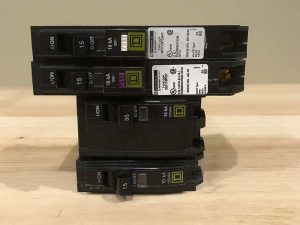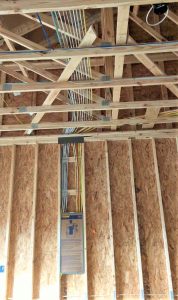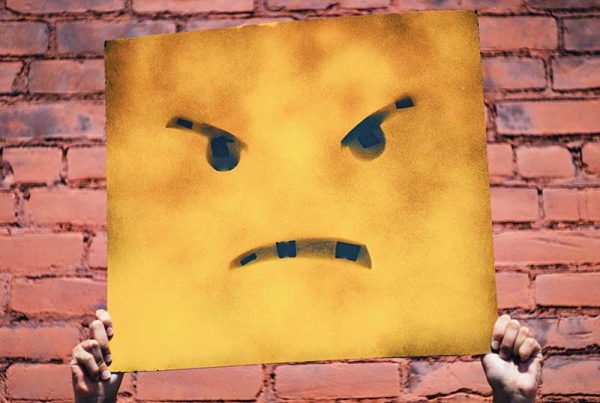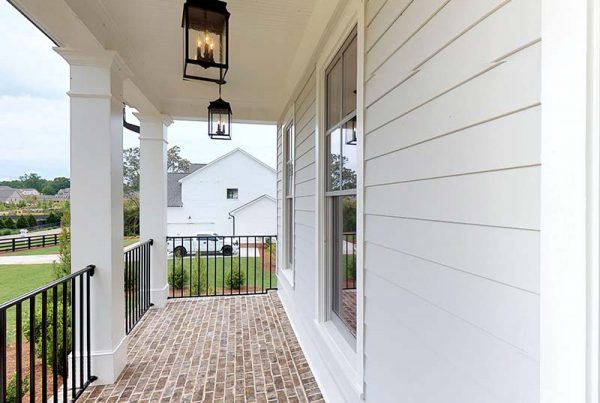What is a circuit breaker?
It’s a switch, typically installed on a panel, designed to stop the flow of electrical current if a fault is detected either by an overloaded or short circuit. Circuit breakers and panels are one of the most important safety features installed in houses today. Their entire purpose is to prevent electrical fires.
Circuit Breaker Types
 There are several types of circuit breakers, knowing which to use is based on electrical code, the size of the wire run for that circuit, the circuit location, and the expected device usage. Kitchen appliances will require a different breaker type than what would be used in a typical bedroom or bathroom. Below is a list of possible breakers that can be installed:
There are several types of circuit breakers, knowing which to use is based on electrical code, the size of the wire run for that circuit, the circuit location, and the expected device usage. Kitchen appliances will require a different breaker type than what would be used in a typical bedroom or bathroom. Below is a list of possible breakers that can be installed:
- AFCI
- GFCI
- Standard
- Dual Function (AFCI & GFCI)
- Two Pole Breaker
- Tandem breaker
What causes the breaker to trip?
One of the main reasons a circuit breaker trip is due to an overloaded circuit. This happens when the circuit attempts to draw more electricity than it’s intended to carry. When there are too many devices being used at the same time, the breaker heats up and trips to prevent the heat from reaching a dangerous level.
Other reasons for breakers to trip are short circuits, ground faults, and arc faults. A short circuit occurs when a hot wire touches a neutral or ground wire, which can jolt the electrical current flow. Ground faults occur when a hot and ground wire come in contact, causing the electrical current to take an unintended path to the ground. Lastly, arc faults occur when the electricity between two or more wires discharge. The discharge can generate heat causing the wire’s insulation to break down increasing the chance for an electrical fire.
Below are common appliances and devices that can cause breakers to trip:
- Refrigerator
- Microwave
- Washer & Dryer
- Hair Dryers
- Extension Cords
- Coffee Machines
- Vacuums
What Should You Do If Your Breaker Trips?
If and when your circuit breaker trips, there are three steps you should follow.
- Turn off all lights and devices connected to the circuit that tripped
- Go to the breaker box and find the tripped breaker. Make sure the breaker is pushed all the way off, then push it back to the ON position.
- Once reset, go back in and turn on your devices again to ensure electrical power has been restored.
If your breaker continues to trip give us a call (1-877-563-5328), we can diagnose and correct the problem. Continuous tripping can be a sign of a larger issue other than an overloaded circuit.
Electrical Terms:
 Circuit: Composed of conductive wires through with electric current can flow.
Circuit: Composed of conductive wires through with electric current can flow.
Overloaded Circuit: when devices draw more electrical power than the intended circuit is able to handle
Short Circuit: A circuit allowing electrical current to travel along an unintended path with little resistance.
AFCI (Arc-Fault Circuit Interrupter): Breaker type designed to break a circuit in the event an electrical arc is detected.
GFCI (Ground-Gault Circuit Interrupter): Breaker type designed to cut off electrical power in the event a ground fault is detected to prevent electrical shock. It compares electrical input and output, if the current varies, there’s a possible ground fault.
Dual Function Breaker- Combines AFCI & GFCI to prevent against both ground and arc faults.
Two Pole Breaker: 240-volt circuit breaker that occupies two breaker spaces.
Tandem breaker: A double circuit breaker that takes up the space of a single breaker.
If your breaker is constantly tripping or you want your panel box inspected, give us a call at 1-877-563-5328. We’d love to help correct any issues to ensure your safety.








